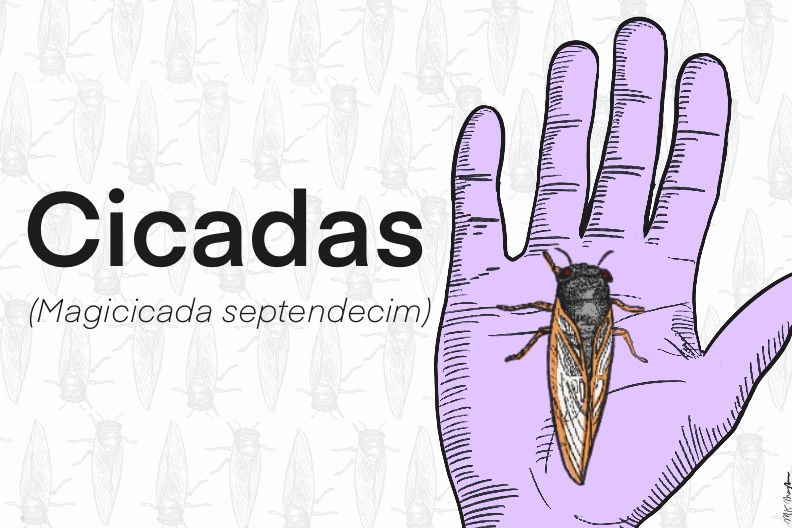The Blug: The 17-Year Cicada
George W. Bush was president the last time we saw this brood
M.K. Manoylov • June 22, 2020

While annual cicadas cause the classic summertime hum, the periodical cicada — one that appears every 17 years — is popping up in the United States this summer. [Credit: MK Manoylov | CC BY-NC-ND 2.0]
You know which bug you can take to see an NC-17 movie? The 17-year cicada. It’s rocking much of the eastern United States this year.
Wait what? A type of periodical cicada that emerges every 17 years is emerging this summer. You guessed it, the last time they appeared was in 2003.
If they enroll in high school, this brood could get a diploma with the class of 2021!
Why do they stay dormant for 17 years? There could be an evolutionary advantage to appearing so infrequently. When you and your brood only come out every 17 years, it’s harder for predators to learn how your species works and eat you. And since so many of you come out at once, your likelihood of surviving increases.
There’s also the 13-year cicada in addition to the 17-year one. Notice that 13 and 17 are prime numbers. This could be to avoid parasites that breed every two years.
Not all cicadas take so long to emerge. There’s the annual cicada, which, as you can tell from the name, emerges every year to create that iconic summertime hum.
How do they live so long while dormant? Both the 13- and the 17-year cicada live most of their lives as larvae in the soil. They feed on the fluid from plant roots, according to The National Wildlife Federation.
Once 13 or 17 years pass, the brood emerges from the soil, molts into adults, and has a breeding frenzy. They lay the next generation of larvae in the soil and the cycle continues again.
Fun fact: only the males buzz and make noise. The females are silent.
How long do cicadas live? Around four to six weeks. This summer will be loud, but there’s an end in sight.